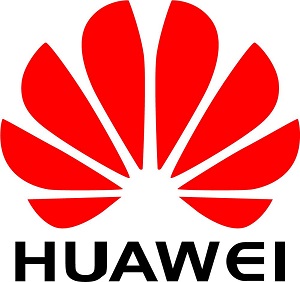President Donald J. Trump has issued an Executive Order declaring a “national emergency” in direct response to threats posed by “foreign adversaries” that “are increasingly creating and exploiting vulnerabilities in information and communications technology and services.” The Executive Order, which purports to be authorized by the President’s constitutional powers and the laws of the U.S., including 3 U.S.C. § 301, the International Emergency Economic Powers Act (IEEPA), and the National Emergencies Act (NEA), includes a preliminary summary of the threats facing the United States, followed by a blueprint of how the country will combat these threats. The Executive Order outlines the need for initial agency and Cabinet-level “assessments” of the foreign threats facing the U.S., the executive branch’s ongoing duties to deliver reports to Congress, and several other provisions.
At its core, the Executive Order will prohibit “any acquisition, importation, transfer, installation, dealing in, or use of any information and communications technology or service (transaction) by any person” if it is determined by the U.S. government that: (1) the transaction involves information and communications technology or services designed, developed, manufactured, or supplied, by persons owned by, controlled by, or subject to the jurisdiction or direction of a foreign adversary; and (2) “the transaction (A) poses an undue risk of sabotage to or subversion of the design, integrity, manufacturing, production, distribution, installation, operation, or maintenance of information and communications technology or services in the United States; or (B) poses an undue risk of catastrophic effects on the security or resiliency of United States critical infrastructure or the digital economy of the United States; or (C) otherwise poses an unacceptable risk to the national security of the United States or the security and safety of United States persons.” The term foreign adversary is defined as “any foreign government or foreign non-government person engaged in a long-term pattern or serious instances of conduct significantly adverse to the national security of the United States or security and safety of United States persons.” Additionally, under the Executive Order, the Secretary of Commerce, in consultation with other executive branch individuals, may “design or negotiate measures to mitigate concerns identified under section 1(a) of this order.” Furthermore, all Federal agencies are “directed to take all appropriate measures within their authority to carry out the provisions” of the Executive Order. Finally, any rules or regulations promulgated “pursuant to” the Executive Order “may, among other things, determine that particular countries or persons are foreign adversaries.
Under the terms of the Executive Order, certain events must take place before any definitive action is taken by the U.S. against foreign actors or their commercial subsidiaries. First, the Federal government must complete its “initial assessment” of the threats within 40 days of the issuance of the Executive Order. Second, within 150 days of the issuance of the Executive Order, the Commerce Secretary (in consultation with other officials) must “publish rules or regulations implementing the authorities delegated to the Secretary” in the Executive Order. Finally, within one year of the date of the Executive Order, the Commerce Secretary “shall assess and report to the President whether the actions taken by the Secretary pursuant to this order are sufficient and continue to be necessary to mitigate the risks identified in, and pursuant to, this order.”
The Executive Order does not list any specific country as a foreign adversary, nor does it list any specific company or conglomerate as explicitly acting against U.S. interests. However, soon after the White House announced the release of the Executive Order, news outlets began reporting that a U.S. Department of Commerce official announced that Huawei Technologies and 70 of its affiliates have been added to the Bureau of Industry and Security (BIS) Entity List, a move which effectively bans the Chinese vendor from buying parts and components from U.S. companies without U.S. government approval.
Earlier this morning, U.S. Commerce Secretary Wilbur Ross gave an interview to Bloomberg TV in which he clarified that President Trump’s Executive Order and the Commerce Department’s decision to add Huawei and its affiliates to the BIS Entity List were two separate actions – – with the former action impacting “inbound” commerce and the latter action impacting “outbound” commerce. Secretary Ross went on to add that the addition of Huawei to the BIS Entity List “will be effective tomorrow (Friday, May 17, 2019)” but that the Executive Order “will take some time to set up.” When pressed by the interviewer how these various actions will impact America’s small, rural telecom operators, Secretary Ross noted that the government does “have a plan for providing a degree of relief for the rural area broadband companies.” Specifically, Secretary Ross stated that “[t]he big companies here, the major telecoms, really don’t use Huawei equipment anyhow, so it’s more the smaller rural ones that are at issue.” He went on to add that “we already will have in place, for the first 90 days, they will be able to do what they need to do for maintenance of their equipment, and we’ll be having discussions about narrowing somewhat the potential of the list in order to minimize the impact on those rural companies.”








